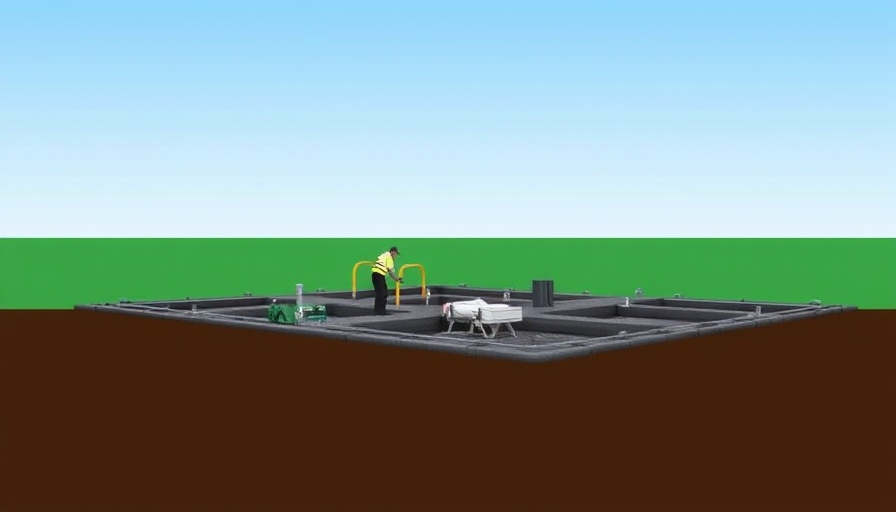
Understanding Spill Containment: A Vital Safety Measure
In an era where workplace safety is paramount, understanding spill containment is crucial for business owners, property developers, and facility managers. Cameron O’Connor from New Pig emphasizes that multiple layers of defense are necessary to effectively control spills of industrial liquids. This multi-faceted approach not only includes traditional methods such as secondary containment and absorbents, but also extends to modern innovations in stormwater protection and drain covers.
Why One-Size Doesn’t Fit All in Spill Response
Spill containment isn't just about having the right products on hand; it’s equally about utilizing the correct resources for the specific scenario at hand. Ryan Schmidt of Sellars Absorbent Materials points out that confusion can arise when workers use universal pads interchangeably in different spill situations. “The right product must be matched with the type of spill for effectiveness,” he advises. Alongside this, O’Connor highlights the importance of employee training in spill response protocols. Having workers equipped with the knowledge to choose the correct methods—and recognizing when multiple strategies need to be employed—can significantly elevate a facility's safety standards.
Embracing Efficiency: From Paper Towels to Reusable Products
Steve Simpson from Closed Loop Recycling brings attention to a common mistake many workplace environments make—over-reliance on single-use absorbents like paper towels. This mentality not only leads to wastefulness but also prevents the full utilization of effective reusable products. “Encouraging a culture where employees understand the appropriate saturation limits of absorbents can help extend their life and functionality,” he urges, advocating for a shift away from wasteful habits towards smarter, sustainable practices.
The Role of Training and Adaptation in Spill Management
Training is pivotal in ensuring that all spill response measures are effective. O’Connor advocates for a customized spill response plan tailored to the unique hazards present in each business facility. Educated employees are more prepared to handle liquid hazards, potentially saving companies from costly liability issues and enhancing overall safety. A diversified spill response plan is not merely a suggestion—it’s a necessity for avoiding leaks and spills.
Future Trends in Spill Containment: Innovations on the Horizon
The growing trend of eco-conscious practices is also influencing spill containment technologies. Businesses are looking toward sustainable materials for absorbents, making it imperative to stay ahead of industry developments. Implementing innovative solutions not only furthers your environmental commitment but can also lead to substantial cost savings in waste management.
Conclusion: Taking Action for a Safer Workplace
Business owners and facility managers have a critical role in fostering a safety-first culture within their organizations. By adopting multiple layers of spill containment strategies and prioritizing employee training, organizations can effectively mitigate risks associated with spills and leaks. As industries evolve and regulations tighten, embracing these proactive measures will not only enhance workplace safety but drive overall organizational success.
To explore innovative and effective spill containment solutions for your facility, stay informed on the latest trends and best practices that could protect your business and enhance productivity.
 Add Row
Add Row  Add
Add 




Write A Comment